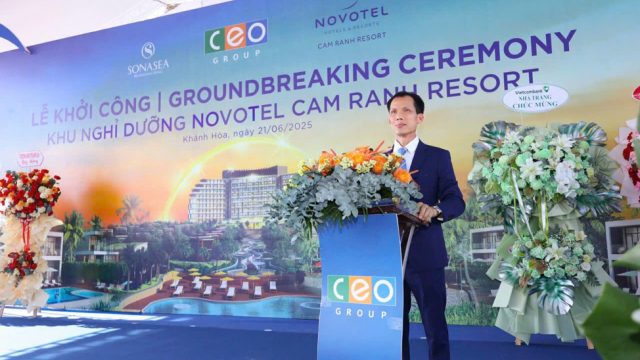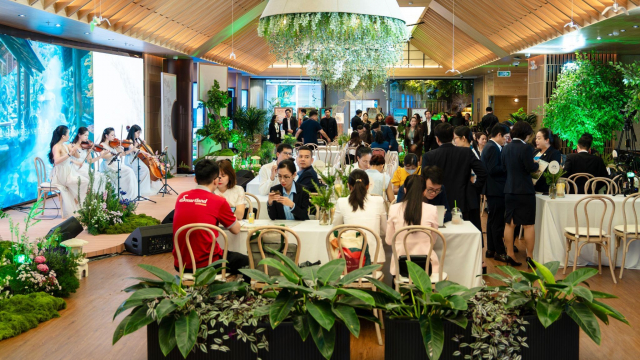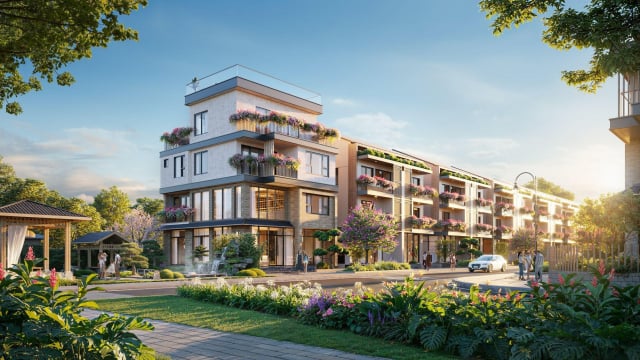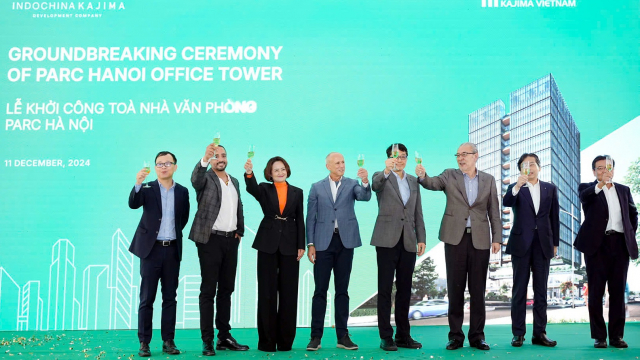Property
New ways of living and working growing in popularity
Is sleeping, working and socialising all in one location a model for future living? And what is its appeal beyond Generation Y, who are also called the Millenials?

Property used to be primarily about sectors – residential, office, retail, leisure. But the lines are blurring, fuelled by demand from a new generation of city dwellers who want to live, work and socialise with like-minded people without having to travel.
According to the Residential Portfolio of Savills Vietnam, whether they’re in London, New York, Amsterdam or Mumbai, members of Generation Y are rejecting the conventional separation of work and home in favor of more holistic live-work-socialise environments.
Capitalising on this new form of mixed-use are some highly innovative developments. Last year, New York-based WeWork, which has co-working locations across America, Europe, and Asia, opened a WeLive in New York, offering small, furnished apartments with communal areas including a WeWork space, yoga studio, chef’s kitchen for shared meals and roof decks with hot tubs.
New ways of living and working can be found all over the world and are growing in popularity. Smaller living accommodation and bigger communal space is just one model at a co-living development in North West London, opened last year by privately funded The Collective. Rooms are small – 10 square meters with a small shared kitchen.
However, on each of the 11 floors is a communal space designed to get residents out of them: bar, restaurant, cinema, spa, gym, roof terrace, large kitchens to host dinner parties, and a library which doubles as a workspace.
“Co-living can be regarded as a niche market serving a specific target segment and it is gradually gaining popularity worldwide. Especially in Vietnam, we have witnessed the increasing number of this new model. With our experiences, Savills Vietnam considers co-living as a new way to maximise the effectiveness of spaces usage," said Troy Griffiths, Associate Director of Savills Vietnam.
"We believe that we are currently in a digital era with modern technologies so that the flexible transformation of work and home is no longer impossible. The growth of this new way of living, hence, could be seen as a positive sign for the market,” he added
The most outstanding example should be mentioned is The Student House (TSH) developed by a Scottish entrepreneur – Charlie MacGregor. After developing student accommodation in the UK, MacGregor headed off to Amsterdam in 2006 to set up The Student Hotel (TSH), aiming to provide co-living and communal space for students in the city. Now with 10 locations in the Netherlands, Paris, Barcelona, and Florence, TSH attracts not only students but young professionals, travelers, creatives or ‘anyone with a student spirit’.
“There’s enormous potential globally, we are really at the beginning of co-living and co-working,” says MacGregor. “I would love to expand into Asian cities. They are ripe for this model.”
Given the speed of growth in this sector, the potential for investors and developers should be taken seriously. MacGregor says that mixed-use spreads risk and properties such as these could be less vulnerable in a recession than, say, office space.
“The real-estate market is playing catch up,” says urban studies professor Richard Florida. “There is demand for mixed-use development in cities from all age groups but in the US we’re still building too many single-unit homes in the suburbs. People want a more integrated life – they don’t want to live in an isolating way, traveling between work, home, and friends.”
Anna Rose, a director of London-based urban planning consultants Space Syntax, recognises the appeal of mixed use.
“At the moment it caters mainly to a specific demographic – early 20s to 30s. But with larger apartments, it could be a good model for senior living. We should invest in spaces that can also be used by the neighborhood,” she says.
Revolutionary changes: From downsizing to co-living and co-working spaces
A decade of unprecedented apartment price surge
A decade of relentless apartment price growth has pushed the dream of homeownership further out of reach for Vietnam’s middle- and lower-income earners.
Essensia Parkway sells out within hours, marking an outstanding partnership with WorldHotels
Essensia Parkway makes significant impact in the high-end real estate market as 100 per cent of the limited collection was successfully registered within just a few hours at the launching event with the theme “Live lux-well, in a truly refined world”.
Essensia Parkway gains global prestige through WorldHotels - Phu Long collaboration
Essensia Parkway is set to mark a significant milestone as the first branded residences project in Ho Chi Minh City to be operated by WorldHotels – one of the finest portfolios of independent hotels and resorts within BWH Hotels.
Indochina Kajima breaks ground on Grade A office building in Hanoi’s emerging hub
Parc Hanoi marks Indochina Kajima's first office-for-lease project in its $1 billion investment plan in Vietnam.
Hanoi's property boom: Will the housing price surge ever stop?
While the average price of apartments in Hanoi has reached new heights, with supply primarily concentrated in the premium and luxury segments, there are still no signs of a price slowdown.










































